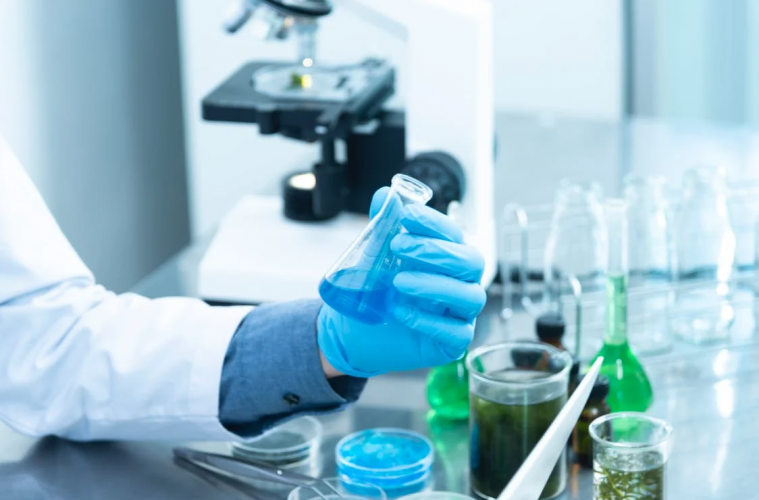Immunoassays are vital in every step of biotherapeutic production and development. Furthermore, Elisa is one of the established and conventional formats when you perform an immunoassay. It is known for achieving a high amount of specificity. This takes place even at low concentrations and differences amid the molecular (target) structure. But Elisa needs time-consuming and complex methods along with specific skills to produce quality performance and results.
The assay production and development are slow and require around three weeks to optimize every assay’s optimization and development. Many individuals and departments have made efforts to improve immunoassay performances like reducing every turnaround time and introducing multiplex platforms to take care of large sample volumes. Such a process ends up increasing productivity. Several kits tend to offer the method of reducing assay development numbers while improving reproducibility. For instance, cross talk, cross-reactivity, and matrix interference happen to present challenges along with typical multiplex assays.
Development of Assays
An additional amount of pressure gets released for quicker development of strengthened assays stems from that of the outsourcing trend. Moreover, you require assays that you can transfer between labs and use amid the biotherapeutics workflow. This takes place from research through to the GxP environments. Bioanalytical labs also face a significant amount of increasing demands for much turnaround times in cost pressures. Furthermore, carrying an extensive range of analytical investigations gets more difficult by the availability of limited samples.
If you are comparatively new to this sector, know that the multi-application option for Elisa kits is necessary. It is also available in an open format that is suitable for assays of a full spectrum. This further requires minimal time for development and thus consumes less sample per assay. Increased and miniaturization automation will thus enable labs to cut short on project timelines. In this system, it eliminates fulfilling requests and user error to increase testing.
Immunoassay Platform
- When a gyros platform is put to use, it can perform and produce assays within the microfluidic structures (nanoliter-scale) amid a CD format. Reagents flow, and samples that travel through CD structures of Gyrolab Bioaffy under capillary and centrifugal action influence are later spun within a Gyrolab XP workstation.
While working on nanoliter scales, you should know that the utilization of reagents and samples go through a drastic cut. Besides the cost-saving part done on expensive reagents, the sample availability can behave as a limiting factor. And, especially, when regulatory demands accommodate the requirement to go through an increased amount of various analyses on every sample.
Every structure in the system is packed beforehand with the volume affinity column of 15 nanoliters. This further contains particles coated with Streptavidin. Such columns give the much-needed flexibility for the propose of utilizing a variety of assays (indirect antibody and sandwich assay). While implementing microfluidic principles, make sure that you monitor the flow of samples, capture reagents, and detect reagents. This is to ensure that you process all samples amid the single CD in parallel.
If you are not familiar with the parallel, then know that it can eliminate time-dependent artifacts’ occurrence that you can observe under a plate-based Elisa. Moreover, it also ensures that samples get processed within reasonable circumstances. The cross-talk also gets eliminated as every individual microstructure manages to equate to a single data point.
Results
MedImmune conducted a direct comparison between two methodologies to examine and understand all Gyros immunoassay platforms’ advantages compared with Elisa kits. Under such a process, the first step is to acknowledge assay conditions for a Gyrolab XP workstation. This further includes creating various reagents and establishing optimizing terms and underlying conditions for maximum sensitivity. It ends up establishing negative controls, positive, and assay qualification.
With the utilization of a Gyrolab platform, the assay conditions seem to establish within a week. Moreover, the initial assay comparison also confirmed a significant dynamic range than Elisa kits. Precision and accuracy were also put under assessment, where %CV came out to be under acceptable limits throughout an entire range of concentration.
Assay development’s increasing efficiency was one of the potent benefits that MedImmune experienced along with the Gyros platform. That is because they produced around a 90% success percentage along the very first run as compared to about 50% with Elisa. Moreover, it has a combined sixfold increase in throughput. Elisa and Gyrolab workstation collectively came into shape to show how to produce read-outs for the process-related impurities. When you compare analyst hours, turnaround time, and reagent consumption, it was quite clear that when you transfer to a Gyrolab workstation, there will be a decrease in reagent consumption and sample repeat rates. Moreover, there will be an increase in analyst productivity and sample throughput.

